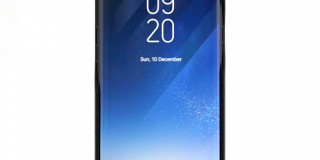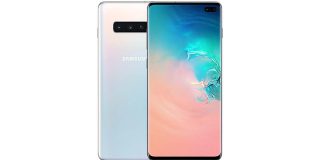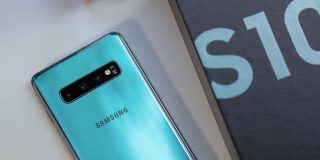How To Set Camera Picture Size And Video Size On Galaxy S8 And Galaxy S8 Plus?
As you probably know, Galaxy S8 and Galaxy S8 Plus are particularly famous for their camera features. If you’re not really amazed by the photographs and videos you are taking with it, chances are you haven’t properly tweaked its settings.
In today’s article, we’d like to discuss with you more on the particularities of the picture size and video size, otherwise known as resolution. If you’re not a very tech person, you might still want to adjust these settings for storage consideration, so that your camera files will take less space.
Also, in the event that you’re planning to familiarize yourself with such details, getting the right aspect ratio is something you need to know from the very beginning. The default 4:3 setting can be replaced with a 16:9 or even with a 1:1 ratio. If you like the sound of that, read on and familiarize yourself with your options, learn which are the best ratios, and find out how to adjust them according to your needs and preferences.
Galaxy S8 camera picture and video size – the essentials:
No matter if you’re taking photographs or filming short videos, there are two essential parameters you need to look into: the aspect ratio and the resolution.
If the aspect ratio can only be one of the three predefined options – 4:3 (active by default), 16:9 and 1:1, the resolution options will very much depend on whether you are using the front or the rear camera.
The best aspect ratio choices can be determined depending on what are you planning to do with the photos and videos and how are you going to view them:
- 1:1 is usually the most recommended ratio for design works;
- 4:3 is for photos you’re planning to print on standardized photo paper or for videos you’re planning to share via email or MMS and watch on old TV models;
- 16:9 is for the most recent technologies, photos and videos that will be mainly watched on new computers or TVs and even shared online via YouTube or other services.
The best photo resolutions should be selected on similar principles, only that now you have more options to choose from:
- 7M (2560*1440, 16:9) – for files to be shared on MMS or social media;
- 7M (2160*2160, 1:1) – for web design photos;
- 2M (2880*2160, 4:3) – for 4R or smaller paper printable photos;
- 1M (3024*3024, 1:1) – again, for design work;
- 1M (4032*2268, 16:9) – mainly for files that will be accessed on PC and TV or shared on the social channels;
- 12M (4032*3024, 4:3) – mainly for 8R or larger paper printable photos.
Taking photographs is usually accompanied by simple rules:
- If you scale up, the quality will be affected;
- You can scale down and you won’t lose quality at all;
- When you have an SD card at hand, it is best to go with the highest possible resolution.
Filming videos is usually accompanied by more complex rules:
- Just because your Galaxy S8 or Galaxy S8 Plus camera supports filming in high resolutions like UHD 2160p it doesn’t mean you need to use it – not when you don’t have a 4K TV to watch the videos on;
- If you’re planning to share your videos mostly as MMS or emails, the smallest video size, VGA, is the best option;
- If you’re planning to see your videos online, watch them from tablets or smartphones, or just share them on your social network accounts, HD 720p is more than a decent resolution;
- With most TVs, you can watch the videos at the best quality if you film in full HD at 1080p and 30fps;
- If you’re planning to have some fun with a slow-motion video, recording in full HD, 60 fps and playing at half speed is the winning combo.
Long story short, the entire information above is for guidance only. Whatever increases the resolution is easy to scale down but will take more storage space. Whatever decreases resolution will not be possible to scale up but will take less storage space. With these in mind, you’re free to decide the best camera picture size and video size for your Samsung Galaxy S8 smartphone.
To set up the camera picture size on Galaxy S8 and Galaxy S8 Plus…
- You will have to access the Galaxy S8 preview screen;
- Once you launch the camera app, look at the top-left corner for the picture size settings icon;
- Tap on it and select the desired camera picture size – you will have:
- Six options for the rear camera: 3.7M, 4.7M, 6.2M, 9.1M (with two different ratios) and 12M;
- Three options for the front camera: 3.7M, 3.8M, 5M.
Once you have set a preferred size you can go on taking your photographs as you usually do. Just remember that every time when you close the camera app, turning it back on will automatically send you to the default options, which are 5M for the front camera and 12M for the rear camera.
To set up the camera video size on Galaxy S8 and Galaxy S8 Plus…
- You will have to access the Galaxy S8 dedicated page for camera settings;
- Go to the Camera Preview Screen;
- Select Settings;
- Tap on the Video size (rear);
- Select one of the 7 available video sizes.
When selecting any of the QHD, UHD, or FHD at 60fps, you should know that you won’t be able to use any HDR, tracking AF or video effects. Also important, your Galaxy S8 camera won’t be able to take photographs when filming in FHD 60fps!
















